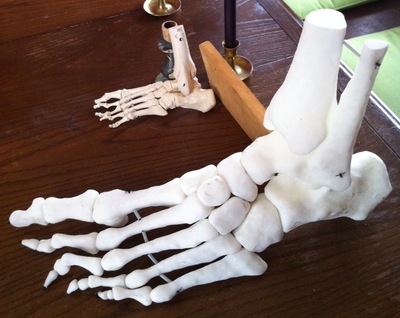The University of Washington’s Solheim Additive Manufacturing Laboratory has long experimented in radical approaches to 3D printing and now they’ve shown us another example technique for your 3D printing toolkit: Scaling.
They were approached by the VA Center of Excellence for Limb Loss Prevention and Prosthetic Engineering to assist in the production of a sample human foot to be used in lectures.
The process of creating a foot at first seems obvious, but after discussions with the Limb experts, the job required a larger sample foot that included articulated bones. Two students set to make such a model and succeeded.
But here’s the point: 3D printing permits very easy scaling. Objects can be made larger than the “normal” size. Similarly, large objects can be made small. By making objects of a different size, particularly one that can make details “seeable” and “touchable”, people can gain more insight when examining them. Buildings can be held in your hand, just as a microbe can.
Put the world in your hand with 3D printing.
Via Open3DP


